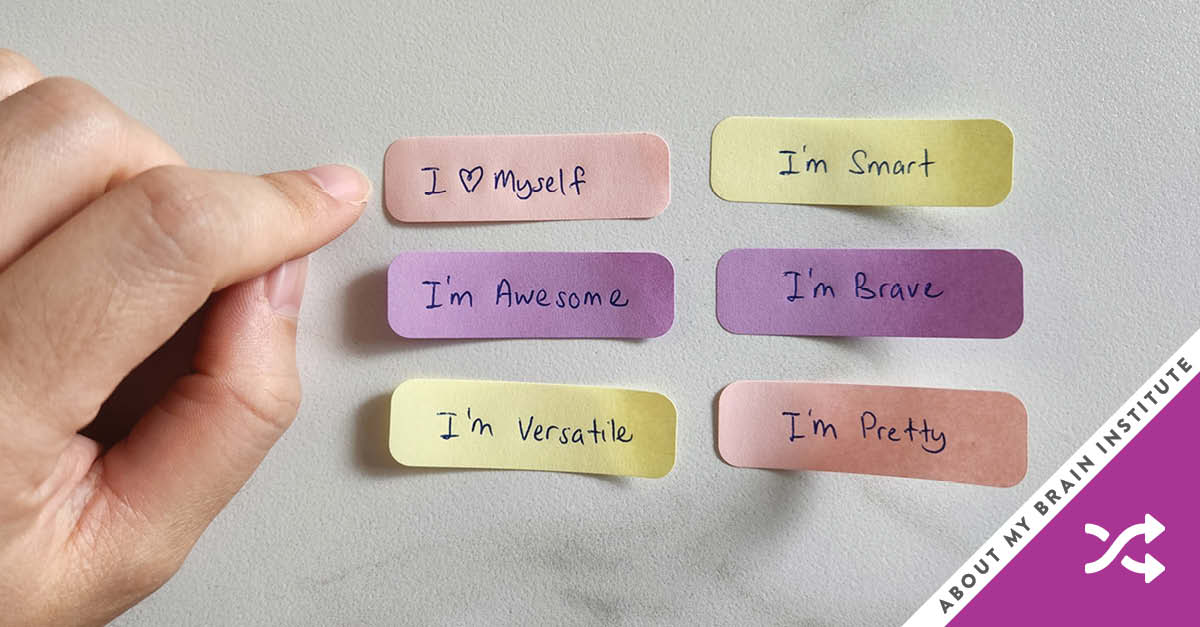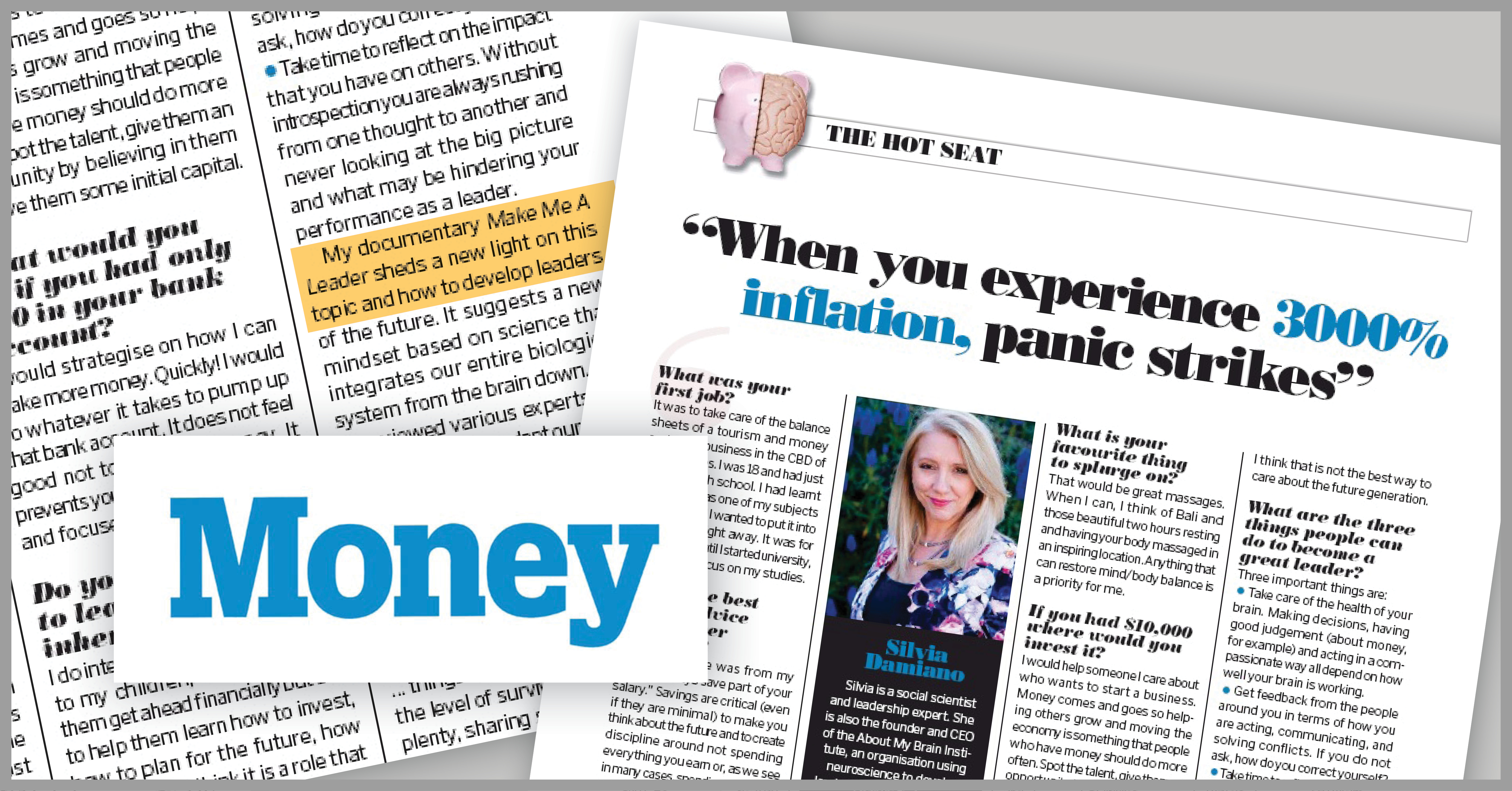The Optimistic Bias
Attribute: Optimistic

Benefits of Balancing Optimism and Caution
Many of us are familiar with the age-old question: do you see the glass as half full or half empty? Those who view it as half full are often considered optimists, a perspective commonly celebrated for its positive outlook. But is seeing the glass half full always the best approach? While optimism can certainly foster resilience and a can-do attitude, there’s a phenomenon known as optimism bias, where individuals consistently overestimate positive outcomes while underestimating risks. This bias, while uplifting, can sometimes lead to unrealistic expectations or missed opportunities to prepare for challenges.
- Improved Risk Management:
A balanced perspective helps you anticipate potential challenges and setbacks. By acknowledging what could go wrong, you can plan more effectively and avoid being caught off guard. - Better Decision-Making:
Optimism can sometimes lead to impulsive decisions or underestimating the complexity of tasks. Incorporating a more realistic outlook enables you to make well-informed choices based on a clearer understanding of both risks and rewards. - Resilience in the Face of Setbacks:
When you're overly optimistic, unexpected difficulties can feel more crushing. Balancing optimism with a realistic understanding of challenges helps you remain adaptable and bounce back more quickly when things don’t go as planned. - Long-Term Success:
While optimism helps fuel motivation, a balanced perspective ensures you remain grounded. This combination allows for sustained progress toward goals by encouraging both ambition and preparedness.
Keep reading ↓
Keep reading ↓
Newsletter
Gauge Your Optimism Bias
Consider these questions:
- Do you often ignore or downplay potential risks or challenges in pursuit of a goal?
- When things go wrong, do you find myself feeling overly disappointed or unprepared?
- Are you inclined to take action based on what you hope will happen rather than what is realistically likely?
- Do you tend to avoid thinking about the possibility of failure or setbacks?
- When faced with a major decision, do you consult only positive outcomes or look at a range of possibilities?
Reflecting on these questions can help you assess whether you tend to overestimate positive outcomes and whether there’s room for more balance in your approach.
Keep reading ↓
Balancing Optimism and Realism
- Practice Realistic Optimism
Instead of blindly assuming everything will work out, combine optimism with realism. This means envisioning a positive outcome but also preparing for potential challenges along the way. When setting goals, ask yourself: “What’s the best-case scenario, and what could go wrong?” Acknowledge both the potential for success and the possible obstacles. This approach keeps you grounded while maintaining hope and motivation. - Seek Out Diverse Perspectives
When you’re naturally inclined to optimism, you may overlook the pitfalls of a situation. To balance your view, seek advice or input from people with different perspectives, especially those who tend to be more cautious or analytical. This can help you gain a broader understanding of the potential risks and challenges you might face, allowing you to create more comprehensive plans. - Perform a Pre-Mortem Exercise
A pre-mortem is a mental exercise where you imagine that a project or decision has failed, and then work backward to figure out why. By doing this, you can identify weak points in your plan and take proactive steps to address them. This strategy allows you to maintain an optimistic outlook while realistically preparing for possible pitfalls. It’s an effective way to blend hope with strategic foresight.
While optimism can certainly be a powerful driver of success and happiness, unchecked optimism bias may lead to unrealistic expectations and poor planning. Striking a balance between seeing the glass half full and acknowledging potential challenges allows for better decision-making, improved risk management, and greater resilience. By practicing realistic optimism, seeking diverse perspectives, and using strategic tools like pre-mortem exercises, you can maintain hope and positivity while staying grounded in reality. Ultimately, it’s this balance that ensures lasting progress and a more fulfilled, well-prepared approach to life’s journey.

Explore the Items
Read each article!
Supporting content
Drive Articles
Check out the latest blogs to learn more about this topic!

A Daily Affirmation Can Drive Innovation

3 Ways to Increase Your Motivation and Drive

Money Magazine: When You Experience 3000% Inflation, Panic Strikes!
Bibliography
This article has been inspired by the following sources:
- Armor, D. A., & Taylor, S. E. (2002). When predictions fail: The dilemma of unrealistic optimism. American Psychologist, 57(9), 677-689. https://doi.org/10.1037/0003-066X.57.9.677
- Baumeister, R. F., & Leary, M. R. (1995). The need to belong: Desire for interpersonal attachments as a fundamental human motivation. Psychological Bulletin, 117(3), 497–529. https://doi.org/10.1037/0033-2909.117.3.497’
- Kahneman, D., & Tversky, A. (1979). Prospect theory: An analysis of decision under risk. Econometrica: Journal of the Econometric Society, 47(2), 263–291. https://doi.org/10.2307/1914185’
- Sharot, T. (2011). The optimism bias. Current Biology, 21(23), R941–R945. https://doi.org/10.1016/j.cub.2011.10.030
- Seligman, M. E. P. (2006). Learned optimism: How to change your mind and your life. Vintage.

